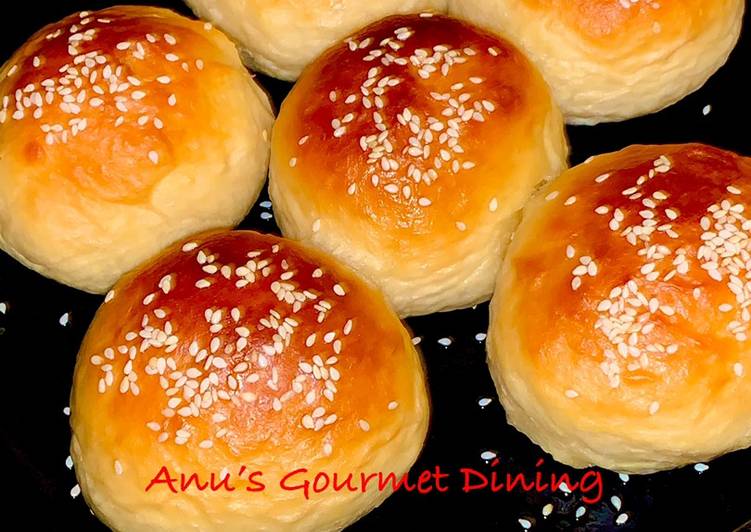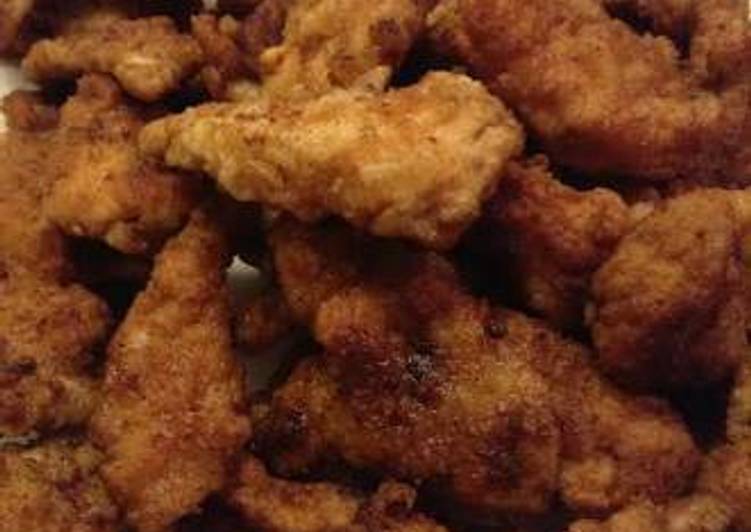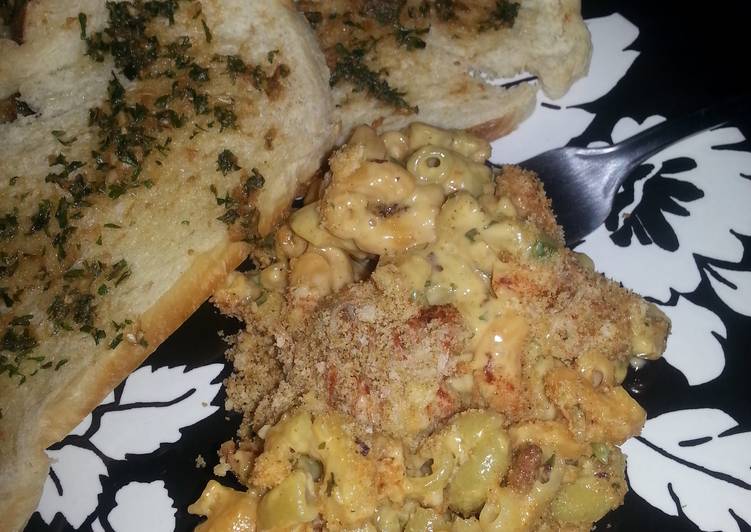
Hello everybody, hope you are having an amazing day today. Today, we’re going to make a distinctive dish, eggless buns using the japanese tangzhong technique. It is one of my favorites. This time, I will make it a bit tasty. This will be really delicious.
Eggless Buns using the Japanese Tangzhong Technique is one of the most favored of recent trending foods on earth. It’s appreciated by millions every day. It is easy, it is fast, it tastes yummy. Eggless Buns using the Japanese Tangzhong Technique is something that I’ve loved my entire life. They are fine and they look fantastic.
To begin with this recipe, we have to prepare a few components. You can have eggless buns using the japanese tangzhong technique using 14 ingredients and 21 steps. Here is how you cook it.
The ingredients needed to make Eggless Buns using the Japanese Tangzhong Technique:
- Take (A) For the Roux:
- Get 1 Tbsp All Purpose Flour/Maida
- Get 60 ML (1/4th cup) Milk
- Take (B) For the Dough:
- Make ready 250 grams (2 cups) All Purpose Flour
- Prepare 1 Tsp (5 Grams) Salt
- Prepare 25 Grams (2 Tbsp) Granulated Sugar 16 Grams (2 Tbsp) Milk Powder
- Prepare 2 Teaspoons (10 Grams) Active Dry Yeast
- Take 120 ML (1/2 cup) Water Or Milk if you don’t have milk powder
- Prepare 28 Grams (2 Tbsp) Butter (Softened)
- Get (C) For Brushing & Garnish:
- Take As required Milk (At room temperature)
- Prepare As required Melted Butter
- Prepare As required White Sesame Seeds
Steps to make Eggless Buns using the Japanese Tangzhong Technique:
- About the Tangzhong Technique:
- This Japanese technique cooks a small percentage of the flour and liquid (water or milk) in a yeast recipe very briefly before combining the resulting thick slurry with the remaining ingredients.
- How does this technique affect yeast dough? It pre-gelatinizes the starches in the flour, meaning they can absorb more water. In fact, flour will absorb twice as much hot water or milk as it does the cool/lukewarm water or milk you'the usually use in yeast dough.
- Not only does the starch in the flour absorb more liquid; since heating the starch with water creates structure, it's able to hold onto that extra liquid throughout the kneading, baking, and cooling processes.
- Which in turn means: - - Since there's less free (unabsorbed) water in the dough, it's less sticky and easier to knead;
- The bread or rolls may rise higher, due to more water creating more internal steam (which makes bread rise in the oven along with the carbon dioxide given off by the yeast);
- Having retained more water during baking, bread and rolls will be moister, and will stay soft and fresh longer.
- Method:
- (A) To make the Roux: - - Place 1 Tablespoon All Purpose Flour in a small pan over low to medium heat.
- Add 60 Ml Milk gradually. Keep stirring continuously until the mixture turns sticky/gluey.
- Transfer the Roux in a small bowl. - Cover it with a cling wrap touching the Roux to avoid skin formation. Let it cool down completely.
- (B) To make the Dough: - - Take 1/2 cup lukewarm water in a small measuring cup or bowl. Add the Sugar & Yeast. Stir gently & let it rest for about 10 minutes. The mixture should be frothy. If it doesn’t froth, that means the Yeast is old/expired. - Note: If you do not have Milk Powder, replace the water with lukewarm milk.
- Combine 2 Cups flour, Milk Powder, Salt & Sugar in a large mixing bowl. Set aside. - (If you have a Stand Mixer, please use that).
- Make a well in the middle of the dry flour mixture. Add the Roux followed by the Yeast mixture. - Knead the dough to a smooth ball. - Add 2 Tablespoons softened Butter when there’s no dry flour left. Keep kneading until you get a neat & smooth ball.
- Lightly grease a large mixing bowl. - Transfer the dough into it. Grease the dough as well. Cover tightly with a cling wrap. Leave it in a warm place for proofing. Let it double in size. Should be done in about an hour.
- Tip for quick proofing: Preheat the oven at 350 Degrees F for 2 minutes. Turn it off & keep the tightly covered dough in the oven until it doubles in volume.
- When the dough doubles in volume, punch it down a couple of times to release air bubbles. - - Divide the dough into 6 equal portions. About 80 grams each. - Make smooth balls tucking the creases neatly in the bottom.
- Place the balls on a baking tray lined with parchment paper or just grease it lightly. - You may use a lightly greased cast iron pan large enough to allow the buns to expand.
- Cover with a samp clean cloth or loose cling wrap. Leave it for a 2nd proofing for about an hour or so. - - Brush with Milk lightly. Sprinkle Sesame Seeds.
- Preheat oven at 375 Degrees F/190 Degrees C. - Bake for 15 minutes. - The Buns should sound hollow when tapped at the bottom.
- Take the Buns out of the oven. Brush with melted Butter. - - Enjoy warm with softened Butter. - - Happy Baking!
So that is going to wrap this up with this special food eggless buns using the japanese tangzhong technique recipe. Thank you very much for reading. I am confident you will make this at home. There’s gonna be more interesting food at home recipes coming up. Don’t forget to bookmark this page on your browser, and share it to your family, friends and colleague. Thanks again for reading. Go on get cooking!

